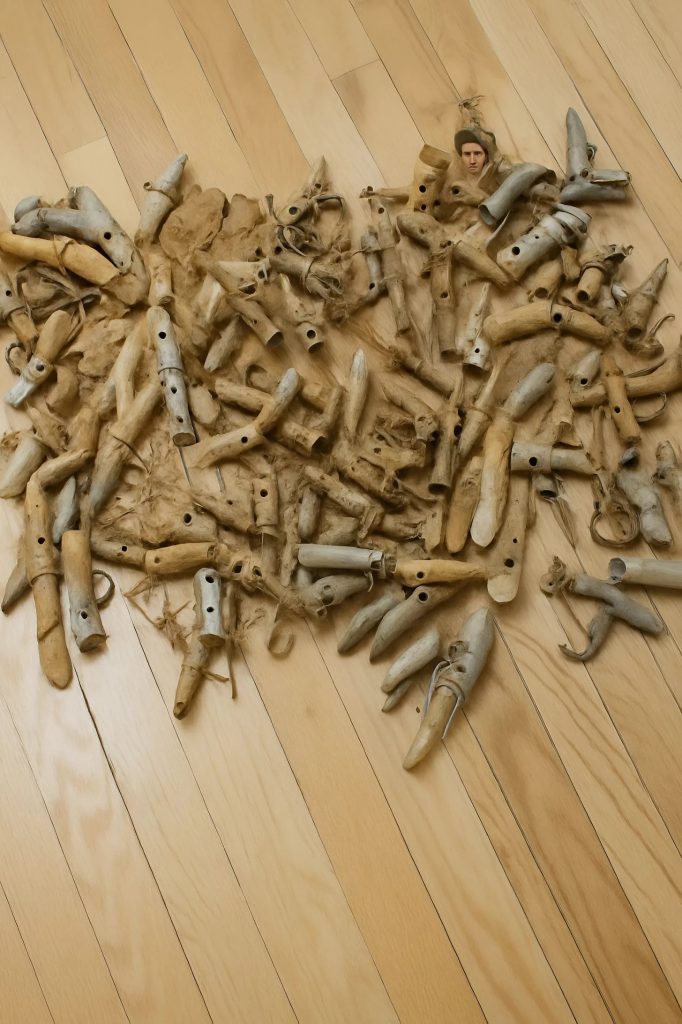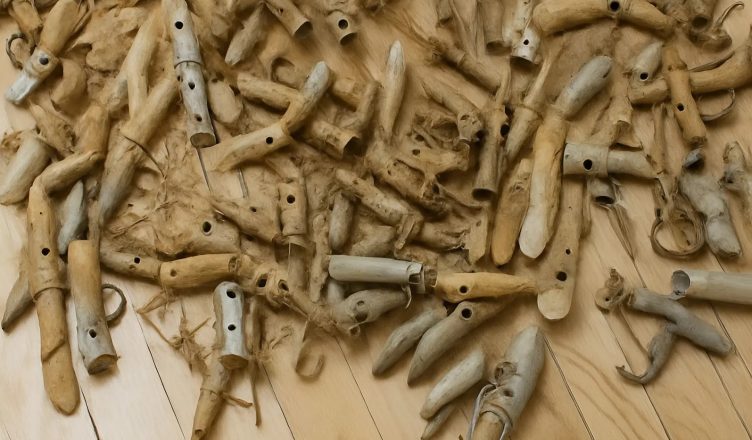When we bought an old house on the outskirts of a small Italian town, no one could have imagined that its attic was hiding a secret the neighbors themselves had never uncovered. The place seemed ordinary—cracked plaster, creaky doors, an overgrown garden. But behind its worn walls, something far stranger was waiting.
One evening, armed with a flashlight and determination to clear out decades of forgotten junk, I climbed up to the attic. Among stacks of yellowed newspapers and rotting books, I noticed an old rusty bucket. At first glance—nothing unusual. But when I came closer, my heart started pounding: inside gleamed a collection of strange metal objects.
A Metallic Puzzle
The bucket was filled to the brim with unfamiliar items. Some looked like fragments of ancient machinery: gears, plates engraved with odd symbols, spirals twisted in unnatural ways. Others resembled tools, though their purpose was impossible to identify. Not a single piece resembled nails, hammers, or keys. It all looked like the remains of some incomprehensible device.
I carefully lifted one object. Tiny etched markings covered its surface—strange runes or symbols I didn’t recognize. The metal itself was unlike anything ordinary. It hadn’t rusted or dulled; it resisted time, gleaming as though it had been made yesterday.
Neighbors and Old Rumors
The next day I shared my discovery with some neighbors. One elderly man frowned and muttered:
— Perhaps you’ve stumbled upon what’s left of the previous owner’s experiments. He was… unusual. Always working on something at night, and nobody truly knew what he was building.
Rumor had it that the man was obsessed with the idea of “ether energy”—an old, half-forgotten belief in a hidden force permeating the universe. Some claimed he had tried to build a device to capture and transform that energy. But no one had ever seen proof.
Fear and Suspicion
The more I examined the objects, the more uneasy I became. They didn’t feel like scraps of metal. They seemed to carry a memory of their own, an aura that unsettled me.

Some pieces clicked together too perfectly, forming shapes that looked suspiciously deliberate. I tried connecting a few and ended up holding what seemed like the core of a machine. At that moment, a chill ran down my spine: what if this contraption really had worked once?
Shadows of the Past
Among the attic’s papers, I found torn notes written in shaky Italian handwriting. The writer spoke of “keys to another dimension,” “a doorway of metal and light,” and used the word conduttore—conductor. He claimed he was “close to finishing the experiment.”
Was this the madness of a lonely man, or a glimpse of something far beyond our understanding? I couldn’t tell. But when I went back to the attic that evening, the air felt heavier, pressing in on me. The bucket of metal no longer seemed harmless.
The Question of What to Do
I was torn—should I hand the bucket over to a museum, call in archaeologists, or simply throw everything away and forget it? Yet something held me back. I couldn’t shake the feeling that these objects weren’t finished with me.
Every time I looked at them, the thought grew louder: we hadn’t just bought an old house. We had stumbled into a story left behind on purpose, a legacy perhaps too dangerous—or too extraordinary—to dismiss.
The Ending
Sometimes I wonder: what if this bucket holds not just scrap metal, but a key to something humanity once knew and then forgot?
And worse—what if, by keeping it, I’ve already unlocked the first door?
